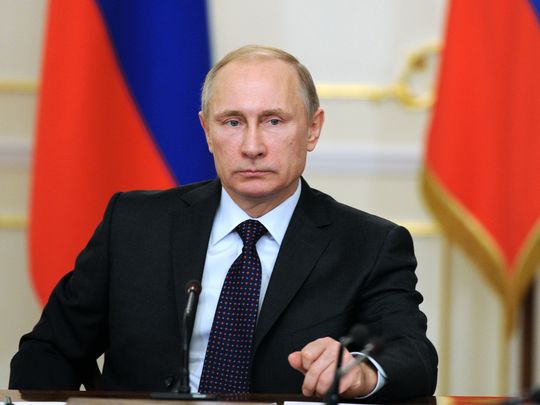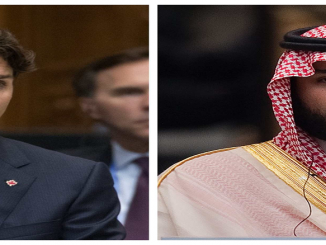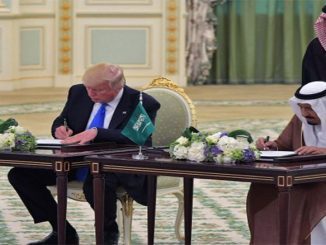
OPEC is moving closer toward finalizing this month its first deal since 2008 to limit oil output, with most members prepared to offer Iran significant flexibility on production volumes, after Iran refused to reduce its production during the past months putting more pressure on the global price.
Iran has managed to increase oil exports significantly in 2016 after the lifting of sanctions in January.
The increasing Iranian output to retrieve its share in the market has put pressure on the global market and caused the oil price to drop.
On Friday, several OPEC oil ministers including Saudi Arabia’s Khalid al-Falih met in Doha on the sidelines of a gas forum. Iranian officials attended the gathering although minister Bijan Zanganeh did not come.
At the meeting, OPEC member countries proposed Iran cap its oil output at 3.92 million barrels per day (bpd), a source familiar with the proposal told Reuters.
Iran has previously said it would accept a freeze at between 4.0 and 4.2 million bpd.
Gulf OPEC sources have said they wanted Iran to cap output at around 3.6-3.7 million bpd – the volume the Islamic Republic is currently producing, according to OPEC estimates.
The source said Tehran had yet to respond to the proposal.
Before the meeting, Iranian Oil Minister Bijan Zanganeh expressed optimism on Saturday about an upcoming OPEC meeting and said crude prices could jump to $55 a barrel if an agreement is reached and non-OPEC producers cooperate.
“We are receiving positive signals that increase the likelihood of agreement at the meeting … and I’m optimistic about the situation,” Zanganeh told state television by telephone, after meeting OPEC Secretary-General Mohammed Barkindo in Tehran ahead of the Nov. 30 meeting.
“I think if we can reach an agreement, God willing, the price would rapidly reach above $50 per barrel … If non-OPEC (producers) also cooperate, I don’t think $55 per barrel would be out of reach.”
If OPEC reaches a deal on Nov. 30, it may also draw support from non-OPEC members including Russia, which promised to cooperate but so far has refrained from any firm commitment.
Iranian output and stabilizing the market
Earlier this year, Tehran refused to join an initiative to boost prices by freezing output but signaled it would be part of a future effort once its production had recovered sufficiently. OPEC has no supply limit, having at its last meeting in December scrapped its production target.
According to International Energy Agency (IEA) figures, Iran’s output has reached levels seen before the imposition of sanctions over its nuclear program. Tehran says it is not yet there.
Iran, according to delegates from other OPEC members, is unlikely to restrain supplies, given that it believes Saudi Arabia should cut back itself to make room for Iranian oil.
Saudi Arabia produced a near-record-high 10.26 million barrels per day in April and has kept output relatively steady over the past year, and refused to cut its production in order to give Iran its share and keep the market steady.
The signals that Tehran has been sending seem to be clear: the country’s top priority is reviving its energy industry after years of sanctions and its willingness to contribute to a production curb is very conditional.
Last weekend, President Hassan Rouhani officially launched commercial production at three fields along Iran’s border with Iraq, effectively adding 220,000 bpd to its output. Plans are to ramp this additional output by1 million bpd.
Even if Iran agrees to this level of production, it means Saudi Arabia will be cutting most of the production if the deal goes through—something Saudi Arabia was previously adamant that it would not do.
For more than a decade after oil crashed to $10 in 1997, the two set aside rivalries to manage the market and support prices, although they fell into opposing OPEC camps with Iran wanting high prices and Saudi more moderate.
Now, the Sunni-Shia conflicts setting Saudi Arabia and Iran at each other’s throats, particularly in Syria and Yemen, make the relationship between the two even more fraught.



